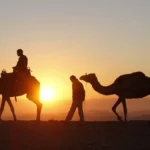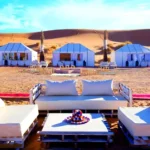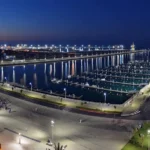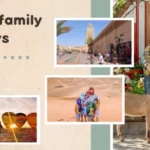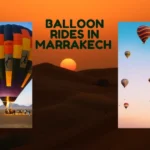Table of Contents
Introduction to Morocco traditions
If you want to understand how a country and its culture came to be, the best way to travel is to immerse yourself in the local rituals. Authentic regional cuisines are sometimes the vehicle for these long-standing customs. On the other hand, they might refer to a certain style of clothing, a community event, daily habits, or even music. To tourists, all of this could seem foreign. These common practices may seem mundane to outsiders, but to the locals, they may be sources of immense pride. If you’re planning a trip to Morocco, here are some basics about the Morocco Traditions you may expect to see.
Mint Tea from Morocco: A Delightful National Drink
When you visit Morocco, you may simply partake in some of the country’s most delicious customs. What people eat and drink is fundamental to their social fabric, just as it is in every culture throughout the globe, including those in the Mediterranean.
Across the nation, mint tea is a beloved drink. An integral part of Moroccan social life is the preparation and consumption of tea. As part of the local hospitality, you may find mint tea served in homes, cafés, and small businesses. Your host or server will probably gracefully exit the kitchen with a tray ornamented with a long-spouted silver teapot and many little cups, no matter where you are seated, while you eagerly await your refreshing cup. To make a thin layer of foam on top of the little drinking glass, gently pour the tea from at least a foot above it.

Some people believe that the higher the pour and the more foam that is made, the more “honored” visitors are. Just a little comment. The tea server may exhibit even more kindness and hospitality with this little act of showmanship!
Green tea with mint leaves and sugar, all of which are traditionally cultivated in Morocco, is the most popular kind of tea drunk in the country. There are also regional differences. As an example, the northern region of the nation is known for its sweeter tea, whereas other parts of the country include pine nuts or sage. This is probably going to be the most typical Moroccan ritual you encounter.
A Morocco Traditions Dish: Couscous
Moroccan food, with its array of Mediterranean tastes, is much like the cuisine of practically every other country: it helps establish cultural identity. Except during Ramadan, lunch is the largest meal of the day. It usually takes place between noon and three o’clock in the afternoon, and many people then snooze thereafter. Expect to remain for a long time and appreciate several dishes if you want to dine at a leisurely pace. As a main dish, Couscous is traditionally made and served after Friday prayer. Meats like roasted lamb or chicken with lemon and olives go well with couscous, which is often prepared with nuts, veggies, and spices.
Never to be surpassed… Tajines is another famous Moroccan dish. The word “tajine” comes from the fact that it is a stew with a lot of flavor that is cooked slowly in an earthenware pot. Tajine comes in a wide variety of styles. Meats, veggies, and sauce cooked with a blend of Moroccan spices make up a traditional tajine. Vegetarian options for this meal are many and easy to obtain nationwide.

Moroccan Classical Music
Morocco is home to several ancient musical styles. Even while “Chabbi” (meaning “popular”) music is what you’re most likely to hear in public spaces like airports and cabs, there are other, more historically significant musical traditions worth exploring. The Moroccan traditional music encompasses a wide range of styles, from highland Amazigh folk ballads to Gnawa music brought across the Sahara, Andulsi music from the Iberian peninsula, and Sufi trance music. Everyone can find something to their liking, even if they can’t decipher every word in the songs!
Among the Morocco Traditions and customs you may expect to hear is the call to prayer, which is sung or yelled at five times a day from mosques. However, in terms of musical quality, the Moroccan call to prayer is not often regarded as “the most beautiful” to hear. The Syrians often own this, and their call to prayer is often very musical.
While you can count on hearing the call to prayer several times during your travel, experiencing live traditional music often requires attending a local festival or event. A few residents who are very into their customs could have some CDs or downloads of traditional music.
Morocco Traditions Clothes
Traveling across the nation will reveal a dramatic shift in fashion. As with many classic Moroccan practices, this one is both interesting and impossible to avoid. Clothing “in the Western style” is common, especially in urban areas. People often wear jeans, tee shirts, and skirts.
More conventional clothing is also prevalent. Both men’s and women’s djellabas may be found at most stores. These are lengthy robes that include a detachable hood. They are typically thick and crafted from wool to ward against the cold and rain that may be found in mountainous regions. Lightweight cotton or, more often, polyester, will be used in warmer locations for their primary function of sun protection.
The Sheshia hat, a traditional headwear item in the north, is characterized by its broad brim and multicolored pompoms. It is constructed from reeds. Specifically, Sheshia hats and bright striped clothes draped around the body are trademarks of the ladies of the Chefchaouen region.
The Morocco Traditions women’s clothing, the kaftan, will most certainly be present at every Moroccan wedding or other formal event you attend. Various regional variants of this garment exist, each with its unique color palette and silhouette. In certain parts of the world, it is common practice for the bride to bring seven outfits to the wedding.
Males in the Sahara still wear the traditional blue robes of the desert nomads.
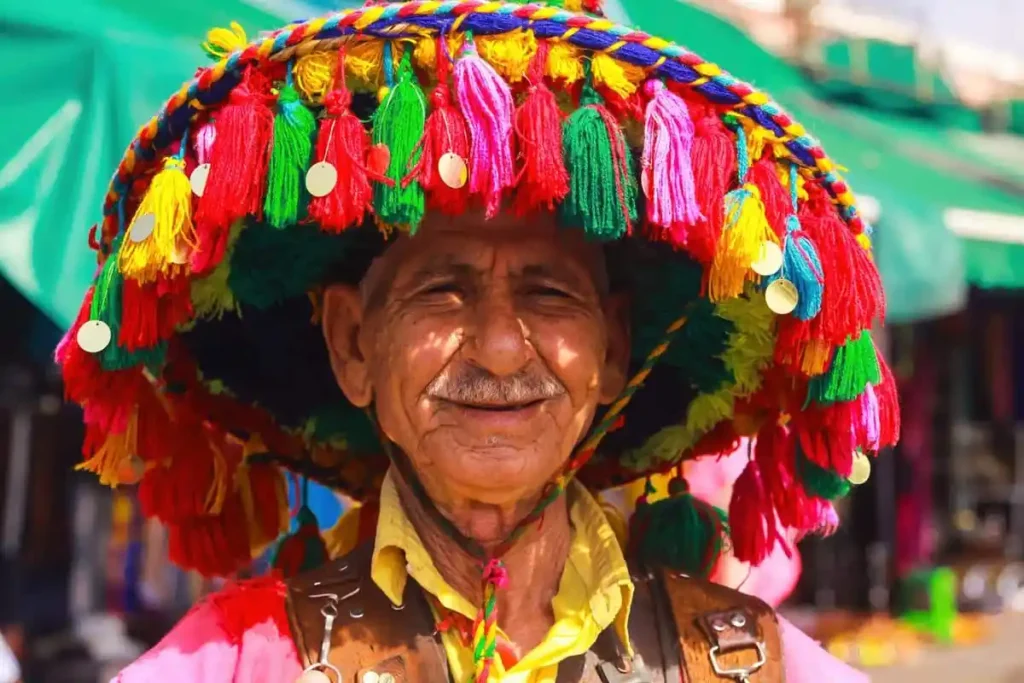
Additional Morocco Traditions
As a centuries-old ritual, hammam bathing in Morocco is as foreign to visitors as it is to locals. Skin is exfoliated and revitalized as a result of the scrubbing and washing, which is similar to a spa treatment. Upscale hotels often have chic hammams on site. If you’re looking for something more local and genuine, however, you can always ask the hotel staff for a recommendation for a popular hammam in the area.
Every turn in the country’s winding medinas leads to a different custom. In the old lanes, residents still outnumber tourists, even when they’re in full force. Haggling with vendors is a long-standing habit that both locals and tourists participate in while buying everything from common home goods to unique handicrafts. You may experience a wide variety of artisanal garments at Morocco’s souks; many of them are still manufactured using ancient techniques that have been passed down through many generations. You can always find a café serving traditional meals with mint tea nearby, which is perfect since shopping makes you hungry!
Conclusion of Morocco Traditions
Morocco traditions and culture are a rich blend of Arab, Berber, and European influences, shaped by centuries of history. Family is at the heart of Moroccan society, and hospitality plays a central role in everyday life. Traditional dress, such as the djellaba for men and women and the kaftan for special occasions, reflects the country’s cultural heritage. Moroccan cuisine, known for its bold flavors, features dishes like tagine, couscous, and pastilla, often accompanied by mint tea, a symbol of warmth and friendship.
The country is also famous for its vibrant festivals, such as the Moussem and Gnaoua music festival, which celebrate music, dance, and local traditions. Religious practices, especially those linked to Islam, are deeply integrated into daily life, with prayer and fasting during Ramadan being key elements. Architecture, seen in the intricate designs of mosques, palaces, and riads, also reflects the country’s rich history and craftsmanship. Overall, Moroccan culture is a tapestry of customs that highlight hospitality, respect for traditions, and an appreciation for the arts.

